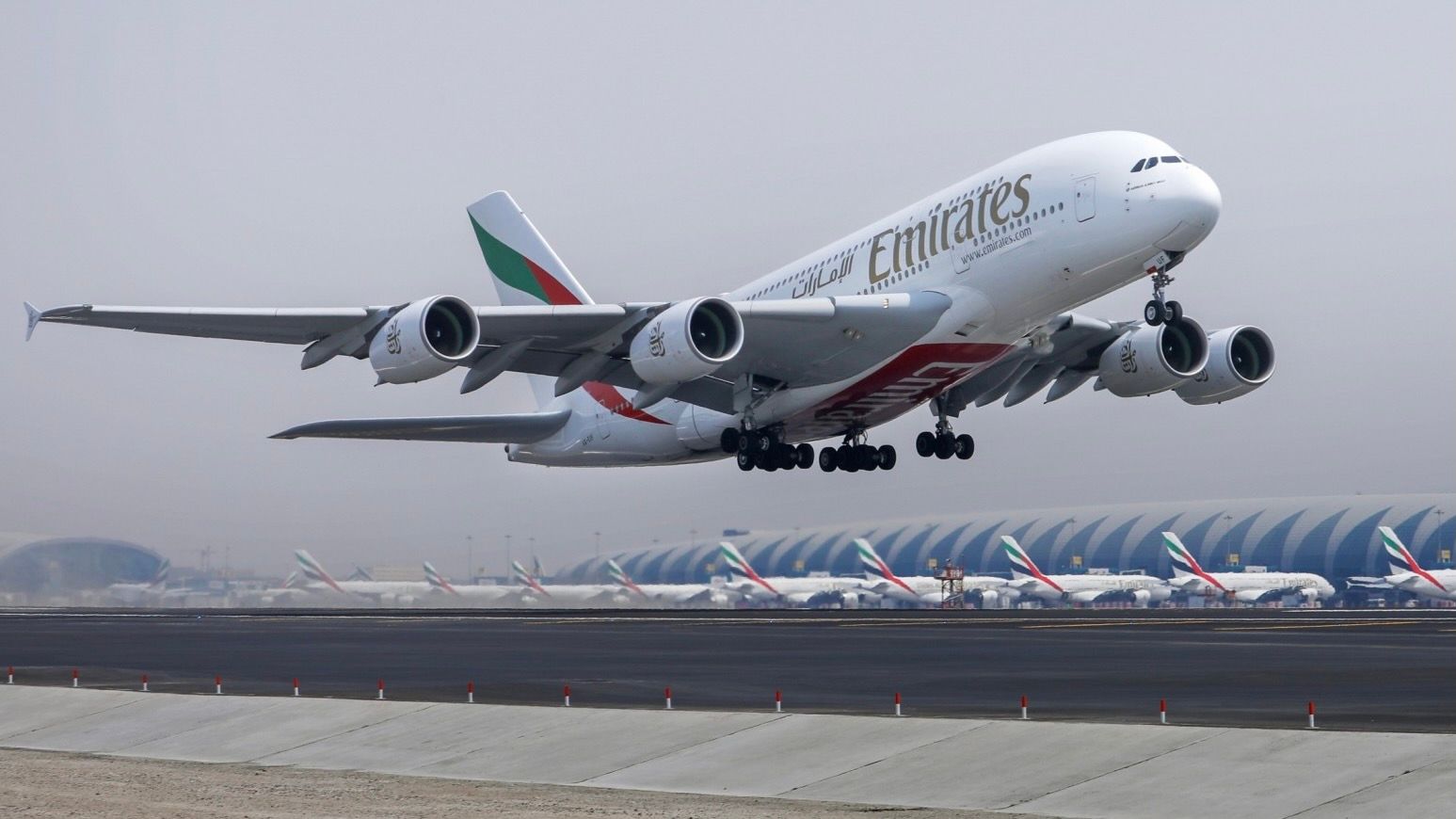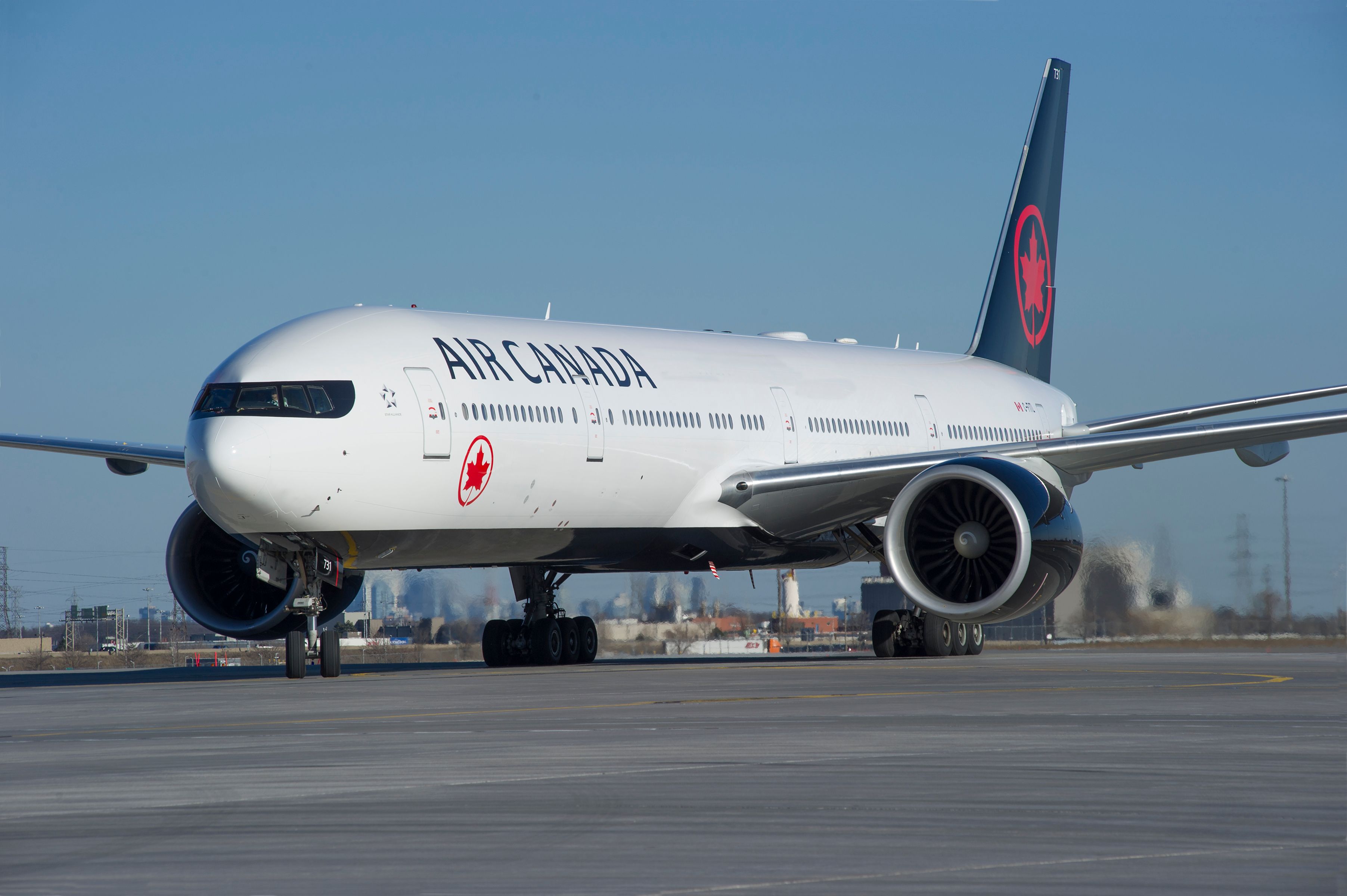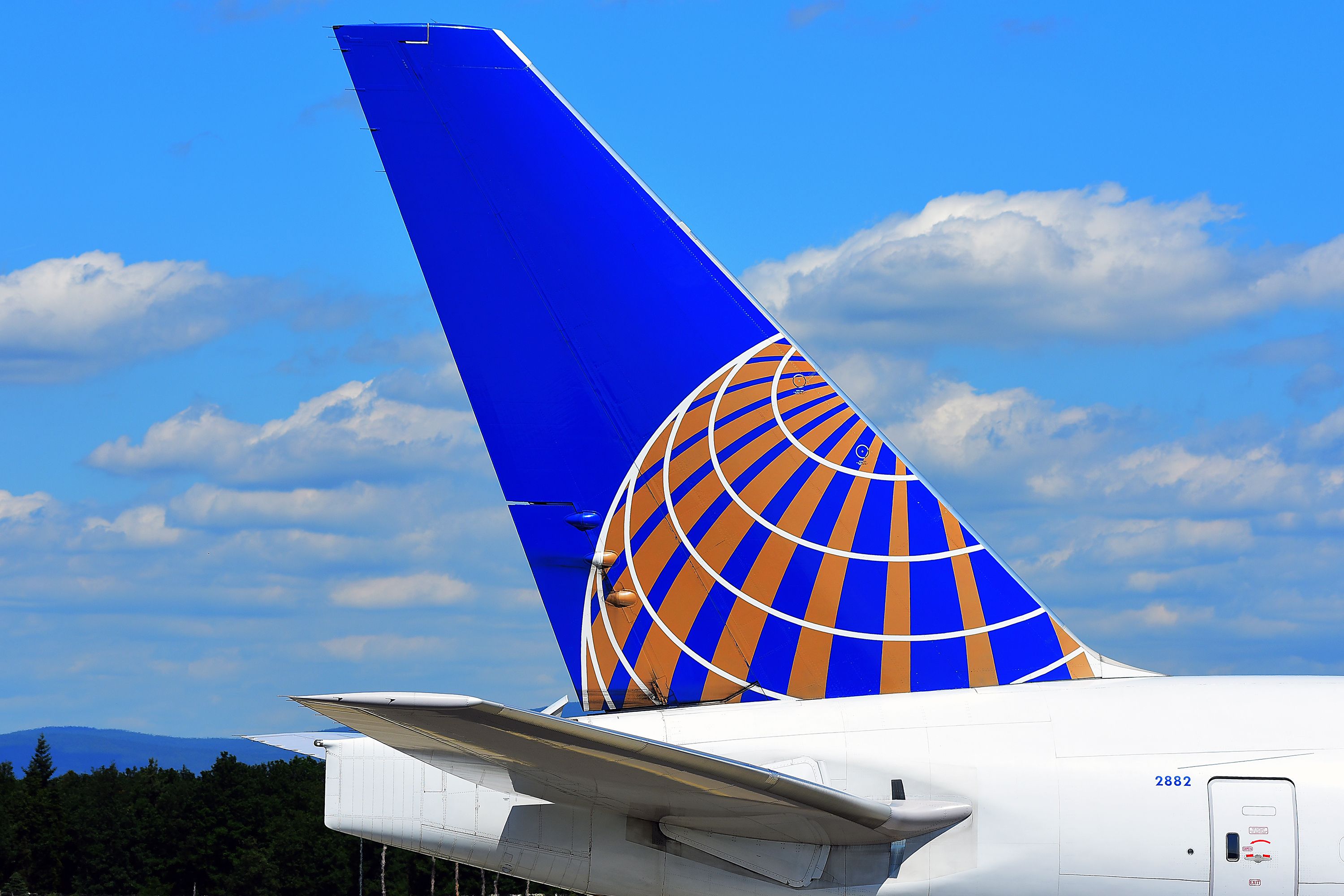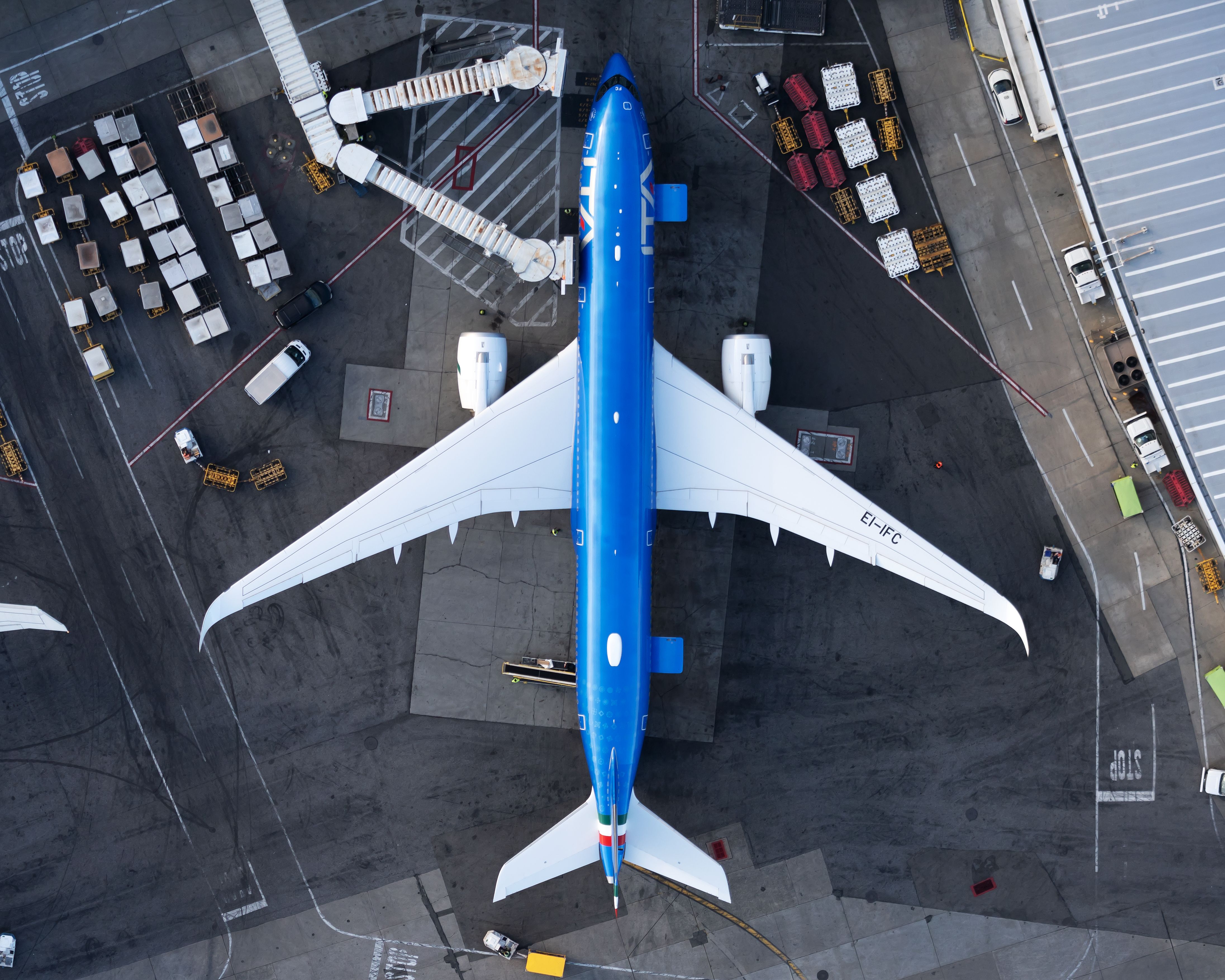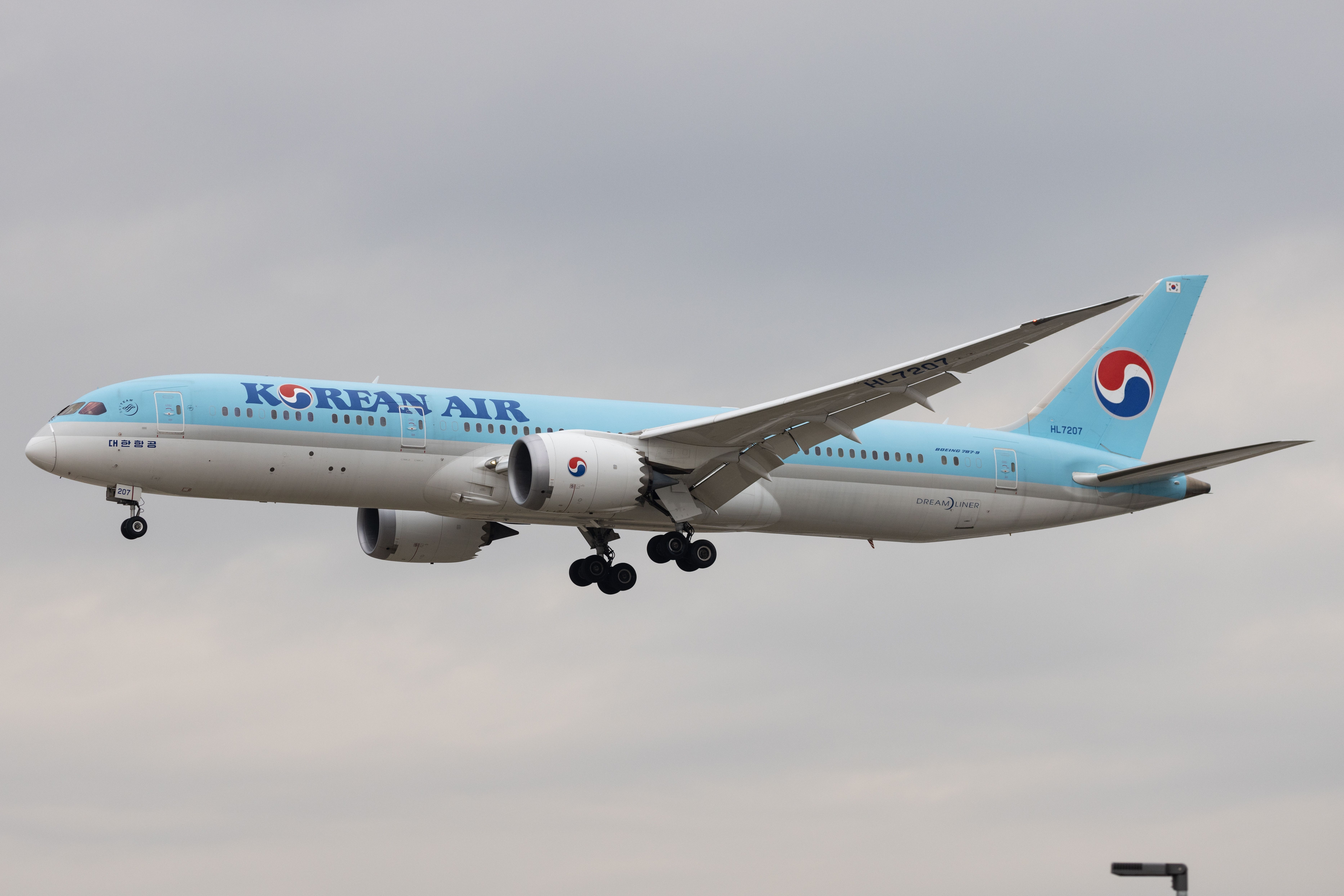For many passengers, inflight entertainment is a significant factor in deciding which airline to fly with. Sitting back and enjoying a film or two inflight can help pass the time on even the longest sectors. However, film and TV are not the only forms of visual entertainment available. On certain aircraft, passengers can also view a live feed from the aircraft's tail camera. But which planes have this as an option?
Why do aircraft have tail cameras?
From a passenger perspective, the live feed from an aircraft's tail camera can be a compelling form of entertainment. It gives travelers an otherwise inaccessible view of their aircraft in flight and provides scale for its sheer size (if it was not already obvious).
However, this is not their primary purpose. Aircraft manufacturers actually began installing external cameras as a pilot aid rather than a form of entertainment. According to USA Today Travel, their principal function is to assist pilots of larger aircraft when maneuvering their planes on the ground. This is particularly important in cases where the crew cannot see the wingtips. Given the number of incidents every year of planes clipping wingtips or accidentally coming in contact with facilities, the camera is essential as busy hubs.
It is also believed that external cameras would have prevented accidents such as the Kegworth Air Disaster. This crash in Leicestershire, UK, in 1989 occurred due to a misunderstanding regarding an engine fire, causing the wrong one to be switched off. With hindsight, had the crew had access to a live visual feed, this mistake may have been avoided.
Get the latest aviation news straight to your inbox: Sign up for our newsletters today.
Which planes feature them?
According to Australian Frequent Flyer, tail cameras are commonly found on Airbus's more recent widebody designs. These include the A350 and the double-decker A380 'superjumbo.' USA Today Travel notes that they also feature on the A340. As far as Boeing aircraft are concerned, it is once again the case that larger and newer widebodies feature such technology. Among the designs that include tail cameras are the 747-8 and 777-300ER.
Due to their smaller size, tail cameras are not considered critical for the A320 and 737 families. After all, pilots can see the wingtips of these aircraft from the cockpit unhindered. Meanwhile, installing such equipment on older widebodies is not always deemed cost-effective, meaning that they must be parked with particular care.
An optional extra
You might have noticed that your recent flight did not have a tail camera. This could be for one of two reasons. One is that your aircraft simply doesn't have one, with the feature notably absent as standard on the modern 787 Dreamliner, likely due to cost.
The second is that airlines may not have paid the excess to connect the tail cameras to the IFE displays for passengers. For example, while British Airways' A350s do feature a tail camera, only the pilots can view the feed, not the passengers. Meanwhile, passengers on Emirates' and Qatar Airways' A380s do get this perk for no extra cost.
What do you make of aircraft featuring tail cameras? Have you ever watched a live feed from one, either as a pilot or a passenger? Let us know your thoughts and experiences in the comments!
Source: USA Today, Australian Frequent Flyer

